-
![3-Benzylimidazo[1,5-a]pyridine-1-carboxylic acid CAS:1018517-02-6](https://cdn.globalso.com/xindaobiotech/K@NIE7HBAEP6E7J7DS196.png)
3-Benzylimidazo[1,5-a]pyridine-1-carboxylic acid CAS:1018517-02-6
3-Benzylimidazo[1,5-a]pyridine-1-carboxylic acid is a chemical compound with a unique fused heterocyclic structure, combining an imidazo[1,5-a]pyridine core with a benzyl substituent at the 3-position. This molecule exhibits versatile reactivity and potential applications in medicinal chemistry, agrochemical synthesis, and material science. The presence of both an imidazole and pyridine ring in its framework provides it with distinct electronic and steric properties, making it valuable for diverse research and development endeavors.
-
![4-(5,6,7,8-tetrahydroimidazo[1,5-a]pyridin-5-yl)benzamide CAS:102676-43-7](https://cdn.globalso.com/xindaobiotech/HSUS81DS80Y35NTEZTU230.png)
4-(5,6,7,8-tetrahydroimidazo[1,5-a]pyridin-5-yl)benzamide CAS:102676-43-7
1-4-(5,6,7,8-tetrahydroimidazo[1,5-a]pyridin-5-yl)benzamide is a fused heteroaromatic system containing an amide linkage and saturated imidazopyridine ring. This unique structure presents opportunities for functionalization at the amide group and cyclic nitrogen.
-
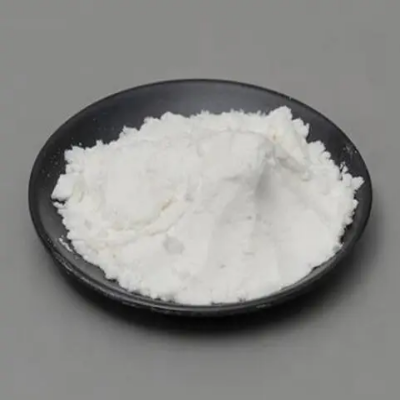
tert-Butyl 4-(trans-2-aminocyclohexyl)piperazine-1-carboxylate CAS:28447-17-8
tert-Butyl 4-(trans-2-aminocyclohexyl)piperazine-1-carboxylate is a chemical compound that combines a piperazine core structure with a cyclohexyl amine side chain, offering unique characteristics for potential applications in medicinal chemistry and pharmaceutical research. This molecule features a tert-butyl ester group and a trans-2-aminocyclohexyl moiety, providing opportunities for the development of bioactive compounds targeting various therapeutic areas.
-
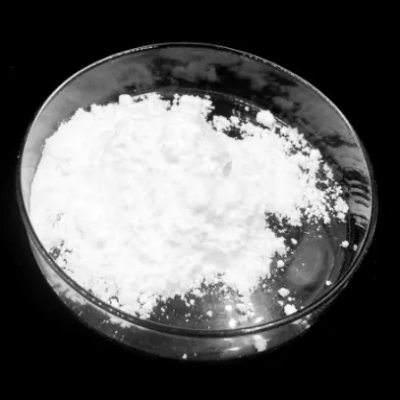
1,2,3,4-Tetrahydroisoquinolin-5-amine hydrochloride CAS:1082658-92-1
1,2,3,4-Tetrahydroisoquinolin-5-amine hydrochloride is a tetrahydroisoquinoline salt containing an exocyclic aromatic amine. This unique cyclic structure offers opportunities for functionalization through its amino group and saturated ring system.
-
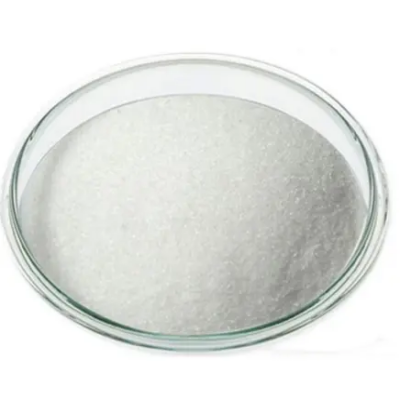
1-(tert-Butoxycarbonyl)-1,2,3,4-tetrahydroquinoline-2-carboxylic acid CAS:123811-87-0
1-(tert-Butoxycarbonyl)-1,2,3,4-tetrahydroquinoline-2-carboxylic acid is a tetrahydroquinoline derivative containing both Boc and carboxylic acid substituents. This structure offers opportunities for functionalization of the carboxylic acid and saturated cyclic system.
-
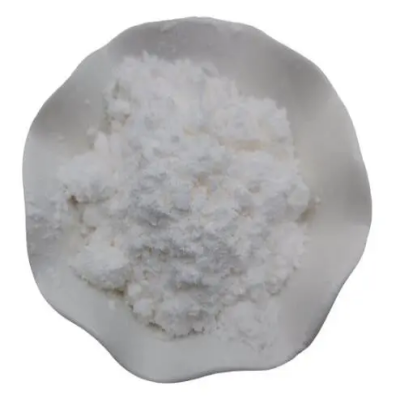
1-(3-Aminophenyl)-3-oxocyclobutane-1-carboxylic acid CAS:1698413-24-9
1-(3-Aminophenyl)-3-oxocyclobutane-1-carboxylic acid is a chemical compound with a cyclobutane core structure, an aminophenyl group, and a carboxylic acid functionality. This molecule exhibits unique properties that make it valuable for various applications in medicinal chemistry, organic synthesis, and materials science. The combination of the aminophenyl moiety with the cyclobutane ring confers distinct reactivity and structural characteristics, offering opportunities for diverse research endeavors.
-
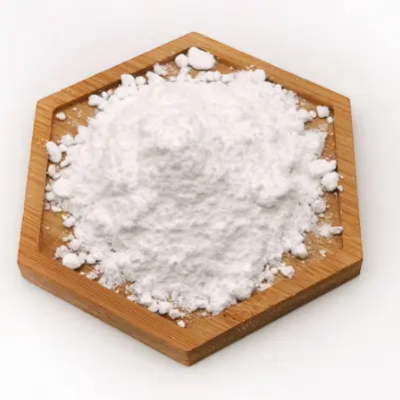
(R)-(4-Fluorophenyl)oxirane CAS:134356-73-3
(R)-(4-Fluorophenyl)oxirane is an enantiopure epoxide containing a 4-fluorophenyl substituent. This chiral building block presents opportunities for diastereoselective ring-opening due to the strained epoxide and planar fluorinated aromatic.
-
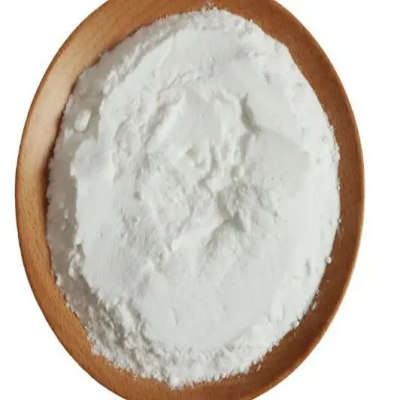
1-(3-bromophenyl)-3,3-dimethoxycyclobutane-1-carbonitrile CAS:1494527-01-3
1-(3-bromophenyl)-3,3-dimethoxycyclobutane-1-carbonitrile is a cyclobutane derivative containing a nitrile, bromobenzene, and two methoxy substituents. This structure provides opportunities for functionalization at the strained cyclobutane ring, nitrile group, and aromatic bromine.
-

1-Ethyl-3,3-dimethylpiperazin-2-one hydrochloride CAS:1803582-92-4
1-Ethyl-3,3-dimethylpiperazin-2-one hydrochloride is a substituted piperazinone salt containing an ethyl group and two methyl substituents on the piperazinone ring, as well as a carbonyl functionality. This structure provides opportunities for chemical modifications at both the carbonyl group and piperazinone nitrogen.
-
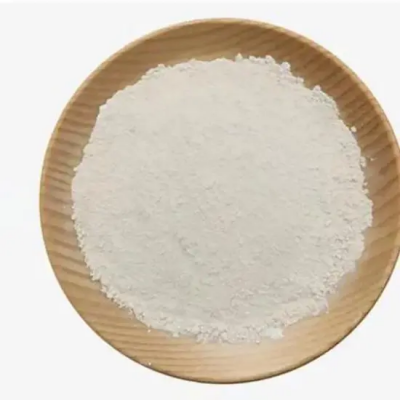
(1S,2S)-ethyl 2-(4-fluorophenyl)cyclopropanecarboxylate CAS:345891-24-9
(1S,2S)-ethyl 2-(4-fluorophenyl)cyclopropanecarboxylate is an enantiopure cyclopropane carboxylate containing a 4-fluorophenyl substituent. This chiral building block presents opportunities for diastereoselective functionalization due to the strained cyclopropane ring and planar fluorinated aromatic.
-

1-Cbz-4-Methyl-pyrrolidine-3-carboxylic acid CAS:959236-78-3
1-Cbz-4-Methyl-pyrrolidine-3-carboxylic acid, also known as N-Boc-4-methyl-L-proline, is a chemical compound with applications in organic synthesis and medicinal chemistry. This molecule contains a pyrrolidine ring bearing a carboxylic acid group and a benzyloxycarbonyl (Cbz) protecting group, making it a valuable intermediate for the production of diverse pharmaceuticals and functional materials.
-
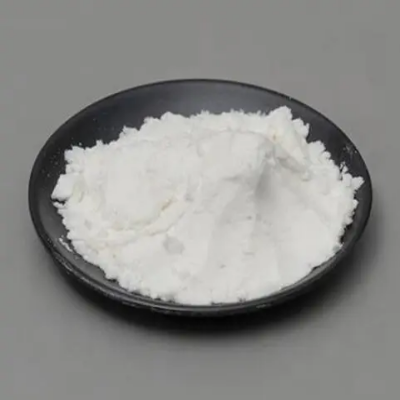
1-(3-Aminophenyl)-3-oxocyclobutane-1-carboxylic acid hydrochloride CAS:1698413-24-9
1-(3-Aminophenyl)-3-oxocyclobutane-1-carboxylic acid hydrochloride is a chemical compound derived from 1-(3-Aminophenyl)-3-oxocyclobutane-1-carboxylic acid, featuring an additional hydrochloride salt form. This modification enhances the compound’s solubility and stability characteristics, making it suitable for various applications in medicinal chemistry, pharmaceutical research, and organic synthesis. The presence of the hydrochloride group provides advantages in terms of formulation and pharmacological properties.

